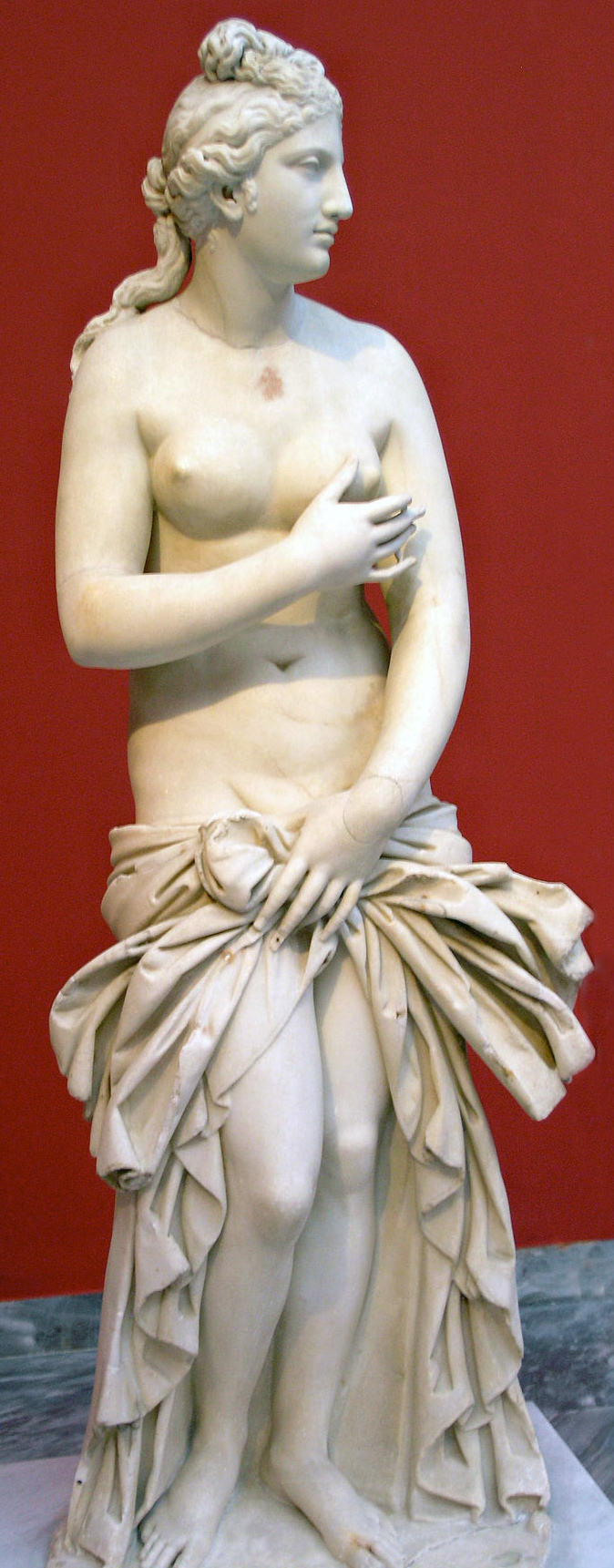|
Atreus
In Greek mythology, Atreus ( , ; from ἀ-, "no" and τρέω, "tremble", "fearless", gr, Ἀτρεύς ) was a king of Mycenae in the Peloponnese, the son of Pelops and Hippodamia, and the father of Agamemnon and Menelaus. Collectively, his descendants are known as Atreidai or Atreidae. Atreus and his twin brother Thyestes were exiled by their father for murdering their half-brother Chrysippus in their desire for the throne of Olympia. They took refuge in Mycenae, where they ascended to the throne in the absence of King Eurystheus, who was fighting the Heracleidae. Eurystheus had meant for their stewardship to be temporary, but it became permanent after his death in battle. According to most ancient sources, Atreus was the father of Pleisthenes, but in some lyric poets (Ibycus, Bacchylides) Pleisthenides (son of Pleisthenes) is used as an alternative name for Atreus himself. Atreides Atreides is a patronymic form of Atreus which refers to one of his sons—Agamemnon or ... [...More Info...] [...Related Items...] OR: [Wikipedia] [Google] [Baidu] |
Pleisthenes
In Greek mythology, Pleisthenes or Plisthenes ( grc, Πλεισθένης), is the name of several members of the house of Tantalus, the most important being a son of Atreus, said to be the father of Agamemnon and Menelaus. Although these two brothers are usually considered to be the sons of Atreus himself, according to some accounts, Pleisthenes was their father, but he died, and Agamemnon and Menelaus were adopted by their grandfather Atreus. Father of Agamemnon and Menelaus The Pleisthenes who was said to have been the father of Agamemnon and Menelaus is a puzzling figure, with a confused genealogy, complicated by the existence of other members of the house of Tantalus with the same name. According to the usual version of the story, followed by the ''Iliad'' and ''Odyssey'' of Homer, Atreus, the king of Mycenae was the father of Agamemnon and Menelaus, by Aerope, the daughter of the Cretan king Catreus. However, according to another tradition, Pleisthenes, the son of Atreus (or ... [...More Info...] [...Related Items...] OR: [Wikipedia] [Google] [Baidu] |
Agamemnon
In Greek mythology, Agamemnon (; grc-gre, Ἀγαμέμνων ''Agamémnōn'') was a king of Mycenae who commanded the Greeks during the Trojan War. He was the son, or grandson, of King Atreus and Queen Aerope, the brother of Menelaus, the husband of Clytemnestra and the father of Iphigenia, Electra, Laodice (Greek myth), Laodike (Λαοδίκη), Orestes and Chrysothemis. Legends make him the king of Mycenae or Argos, Peloponnese, Argos, thought to be different names for the same area. Agamemnon was killed upon his Returns from Troy, return from Troy, either by his wife's lover Aegisthus or by his wife herself. Etymology His name in Greek, Ἀγαμέμνων, means "very steadfast", "unbowed" or "resolute". The word comes from Linguistic reconstruction, *Ἀγαμέδμων (''*Agamédmōn'') from ἄγαν, "very much" and wikt:μέδομαι, μέδομαι, "think on". Description In the account of Dares Phrygius, Dares the Phrygian, Agamemnon was described as ". . .bl ... [...More Info...] [...Related Items...] OR: [Wikipedia] [Google] [Baidu] |
Thyestes
In Greek mythology, Thyestes (pronounced , gr, Θυέστης, ) was a king of Olympia. Thyestes and his brother, Atreus, were exiled by their father for having murdered their half-brother, Chrysippus, in their desire for the throne of Olympia. They took refuge in Mycenae, where they ascended the throne upon the absence of King Eurystheus, who was fighting the Heracleidae. Eurystheus had meant for their lordship to be temporary; it became permanent because of his death in conflict. The most popular representation of Thyestes is that of the play ''Thyestes'' by Seneca in 62 AD. This play is one of the originals for the revenge tragedy genre. Although inspired by Greek mythology and legend, Seneca's version is different. __TOC__ Family Thyestes was the son of Pelops and Hippodamia, and father of Pelopia and Aegisthus. His three sons by a naiad, who were killed by Atreus, were named Aglaus, Orchomenus and Calaeus. Myth Pelops and Hippodamia are parents to Thyestes ... [...More Info...] [...Related Items...] OR: [Wikipedia] [Google] [Baidu] |
Aegisthus
Aegisthus (; grc, Αἴγισθος; also transliterated as Aigisthos, ) was a figure in Greek mythology. Aegisthus is known from two primary sources: the first is Homer's ''Odyssey'', believed to have been first written down by Homer at the end of the 8th century BCE, and the second from Aeschylus's ''Oresteia'', written in the 5th century BCE. Aegisthus also features heavily in the action of Euripides's '' Electra'' ( 420 BCE), although his character remains offstage. Family Aegisthus was the son of Thyestes and Thyestes's own daughter Pelopia, an incestuous union motivated by his father's rivalry with the house of Atreus for the throne of Mycenae. Aegisthus murdered Atreus in order to restore his father to power, ruling jointly with him, only to be driven from power by Atreus's son Agamemnon. In another version, Aegisthus was the sole surviving son of Thyestes after Atreus killed his brother's children and served them to Thyestes in a meal. While Agamemnon laid siege to ... [...More Info...] [...Related Items...] OR: [Wikipedia] [Google] [Baidu] |
Mycenae
Mycenae ( ; grc, Μυκῆναι or , ''Mykē̂nai'' or ''Mykḗnē'') is an archaeological site near Mykines in Argolis, north-eastern Peloponnese, Greece. It is located about south-west of Athens; north of Argos; and south of Corinth. The site is inland from the Saronic Gulf and built upon a hill rising above sea level. In the second millennium BC, Mycenae was one of the major centres of Greek civilization, a military stronghold which dominated much of southern Greece, Crete, the Cyclades and parts of southwest Anatolia. The period of Greek history from about 1600 BC to about 1100 BC is called Mycenaean in reference to Mycenae. At its peak in 1350 BC, the citadel and lower town had a population of 30,000 and an area of 32 hectares. The first correct identification of Mycenae in modern literature was during a survey conducted by Francesco Grimani, commissioned by the Provveditore Generale of the Kingdom of the Morea in 1700, who used Pausanias's description of the Lio ... [...More Info...] [...Related Items...] OR: [Wikipedia] [Google] [Baidu] |
Pelops
In Greek mythology, Pelops (; ) was king of Pisa in the Peloponnesus region (, lit. "Pelops' Island"). He was the son of Tantalus and the father of Atreus. He was venerated at Olympia, where his cult developed into the founding myth of the Olympic Games, the most important expression of unity, not only for the people of Peloponnesus, but for all Hellenes. At the sanctuary at Olympia, chthonic night-time libations were offered each time to "dark-faced" Pelops in his sacrificial pit (''bothros'') before they were offered in the following daylight to the sky-god Zeus (Burkert 1983:96). Genealogy Pelops was a son of Tantalus and either Dione, Euryanassa, Eurythemista,Scholia ad Euripides, ''Orestes'11/ref> or Clytia. In some accounts, he was called a bastard son of Tantalus while others named his parents as Atlas and the nymph Linos. Others would make Pelops the son of Hermes and Calyce while another says that he was an Achaean from Olenus. Of Phrygian or Lydian birth, he d ... [...More Info...] [...Related Items...] OR: [Wikipedia] [Google] [Baidu] |
Menelaus
In Greek mythology, Menelaus (; grc-gre, Μενέλαος , 'wrath of the people', ) was a king of Mycenaean (pre- Dorian) Sparta. According to the ''Iliad'', Menelaus was a central figure in the Trojan War, leading the Spartan contingent of the Greek army, under his elder brother Agamemnon, king of Mycenae. Prominent in both the ''Iliad'' and ''Odyssey'', Menelaus was also popular in Greek vase painting and Greek tragedy, the latter more as a hero of the Trojan War than as a member of the doomed House of Atreus. Description In the account of Dares the Phrygian, Menelaus was described as ". . .of moderate stature, auburn-haired, and handsome. He had a pleasing personality." Family Menelaus was a descendant of Pelops son of Tantalus. He was the younger brother of Agamemnon, and the husband of Helen of Troy. According to the usual version of the story, followed by the ''Iliad'' and ''Odyssey'' of Homer, Agamemnon and Menelaus were the sons of Atreus, king of Mycenae and Ae ... [...More Info...] [...Related Items...] OR: [Wikipedia] [Google] [Baidu] |
Mycenaean Greece
Mycenaean Greece (or the Mycenaean civilization) was the last phase of the Bronze Age The Bronze Age is a historic period, lasting approximately from 3300 BC to 1200 BC, characterized by the use of bronze, the presence of writing in some areas, and other early features of urban civilization. The Bronze Age is the second pri ... in Ancient Greece, spanning the period from approximately 1750 to 1050 BC.. It represents the first advanced and distinctively Greek civilization in mainland Greece with its palatial states, urban organization, works of art, and writing system.Lazaridis, Iosif et al.Genetic origins of the Minoans and Mycenaeans. ''Nature'', 2017Supplementary Information "The Mycenaeans", pp. 2–3).. The Mycenaeans were mainland Greeks, Greek peoples who were likely stimulated by their contact with insular Minoan civilization, Minoan Crete and other Mediterranean Sea, Mediterranean cultures to develop a more sophisticated sociopolitical culture of their own. The ... [...More Info...] [...Related Items...] OR: [Wikipedia] [Google] [Baidu] |
Greek Mythology
A major branch of classical mythology, Greek mythology is the body of myths originally told by the Ancient Greece, ancient Greeks, and a genre of Ancient Greek folklore. These stories concern the Cosmogony, origin and Cosmology#Metaphysical cosmology, nature of the world, the lives and activities of List of Greek mythological figures, deities, Greek hero cult, heroes, and List of Greek mythological creatures, mythological creatures, and the origins and significance of the ancient Greeks' own cult (religious practice), cult and ritual practices. Modern scholars study the myths to shed light on the religious and political institutions of ancient Greece, and to better understand the nature of myth-making itself. The Greek myths were initially propagated in an oral tradition, oral-poetic tradition most likely by Minoan civilization, Minoan and Mycenaean Greece, Mycenaean singers starting in the 18th century BC; eventually the myths of the heroes of the Trojan War and its after ... [...More Info...] [...Related Items...] OR: [Wikipedia] [Google] [Baidu] |
Tantalus
Tantalus ( grc, Τάνταλος ) was a Greek mythological figure, most famous for his punishment in Tartarus: he was made to stand in a pool of water beneath a fruit tree with low branches, with the fruit ever eluding his grasp, and the water always receding before he could take a drink. He was also called Atys. He was the father of Pelops, Niobe and Broteas, and was a son of Zeus and the nymph Plouto (mother of Tantalus), Plouto. Thus, like other heroes in Greek mythology such as Theseus (his great-great-grandson) and the Dioskouroi, Tantalus had both a hidden, divine parent and a mortal one. The Greeks used the proverb "Tantalean punishment" ( grc, Ταντάλειοι τιμωρίαι: ) in reference to those who have good things but are not permitted to enjoy them. His name and punishment are also the source of the English word ''tantalise'', referring to an object of desire that is out of reach. Etymology Plato in the ''Cratylus (dialogue), Cratylus''395e interprets ... [...More Info...] [...Related Items...] OR: [Wikipedia] [Google] [Baidu] |
List Of Greek Mythological Figures
The following is a list of gods, goddesses, and many other divine and semi-divine figures from ancient Greek mythology and ancient Greek religion. Immortals The Greeks created images of their deities for many purposes. A temple would house the statue of a god or goddess, or multiple deities, and might be decorated with relief scenes depicting myths. Divine images were common on coins. Drinking cups and other vessels were painted with scenes from Greek myths. Major gods and goddesses Greek primordial deities Titans and Titanesses The Titan gods and goddesses are depicted in Greek art less commonly than the Olympians. File:Eos Memnon Louvre G115.jpg, Eos (Dawn) and the hero Memnon (490–480 BC) File:Ilion---metopa.jpg, Helios in his four-horse chariot (3rd century BC) File:0029MAN-Themis.jpg, Themis, from the Temple of Nemesis (ca. 300 BC) File:Antakya Arkeoloji Muzesi 02366 nevit.jpg, Oceanus wearing crab-claw horns, with Tethys ( Roman-era mosaic) File:Creation Promethe ... [...More Info...] [...Related Items...] OR: [Wikipedia] [Google] [Baidu] |
Eurystheus
In Greek mythology, Eurystheus (; grc-gre, Εὐρυσθεύς, , broad strength, ) was king of Tiryns, one of three Mycenaean strongholds in the Argolid, although other authors including Homer and Euripides cast him as ruler of Argos. Family Eurystheus was the son of King Sthenelus and Nicippe (also called Antibia or Archippe), and he was a grandson of the hero Perseus.Apollodorus, 2.4.5 His sisters were Alcyone and Medusa, and he married Antimache, daughter of Amphidamas of Arcadia. Their children were Admete, Alexander, Iphimedon, Eurybius, Mentor, Perimedes and Eurypylus.Athenaeus, ''Deipnosophistae'4.158(p. 219) Mythology Labours of Heracles In the contest of wills between Hera and Zeus over whose candidate would be hero, fated to defeat the remaining creatures representing an old order and bring about the reign of the Twelve Olympians, Eurystheus was Hera's candidate and Heracles—though his name implies that at one archaic stage of myth-making he had carrie ... [...More Info...] [...Related Items...] OR: [Wikipedia] [Google] [Baidu] |
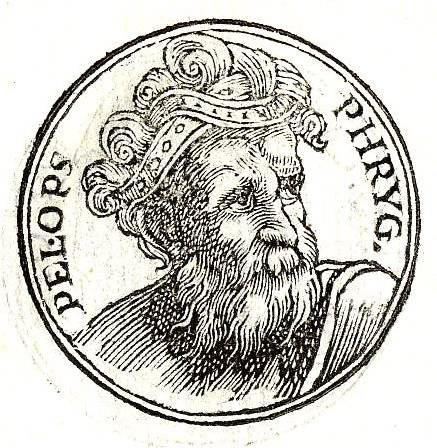
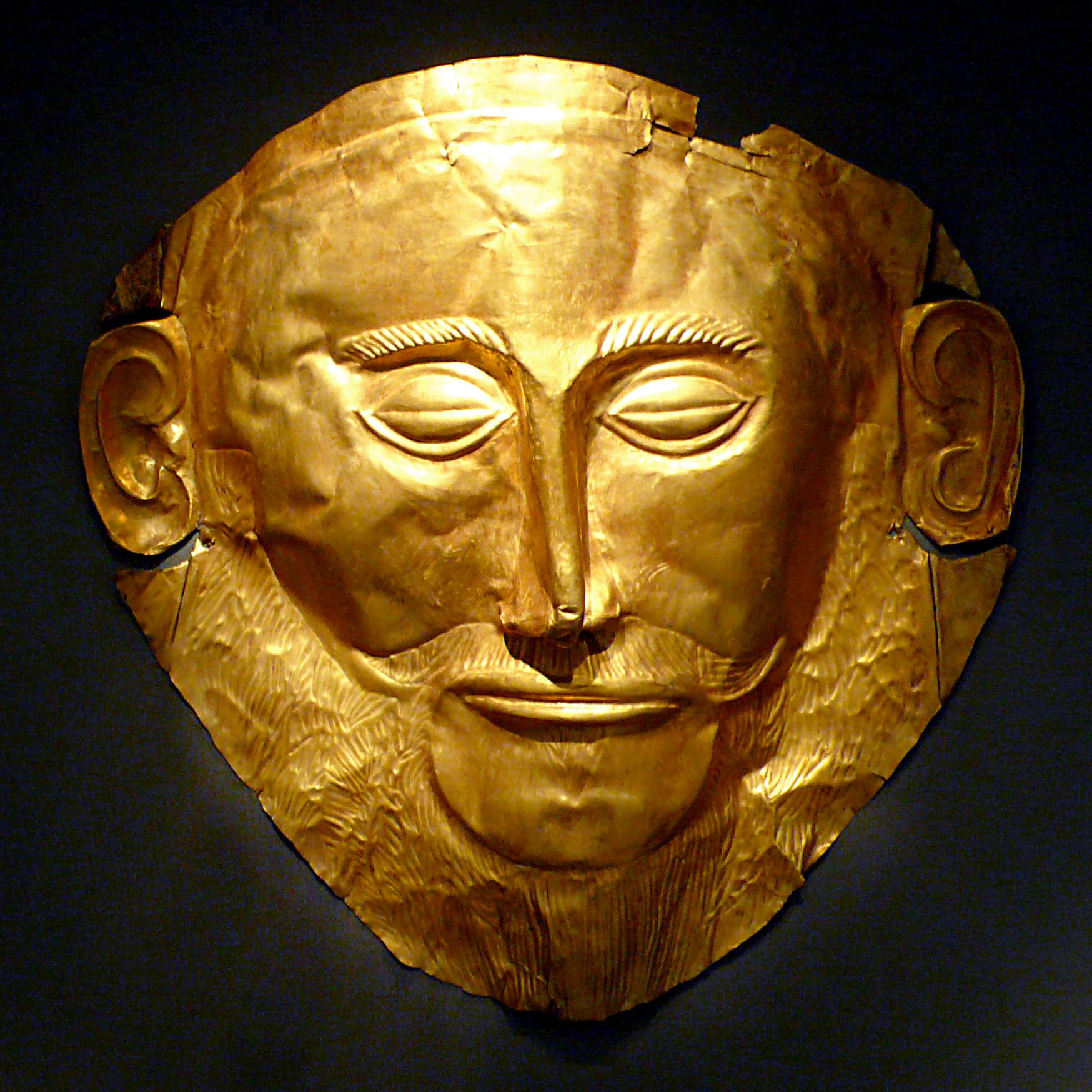

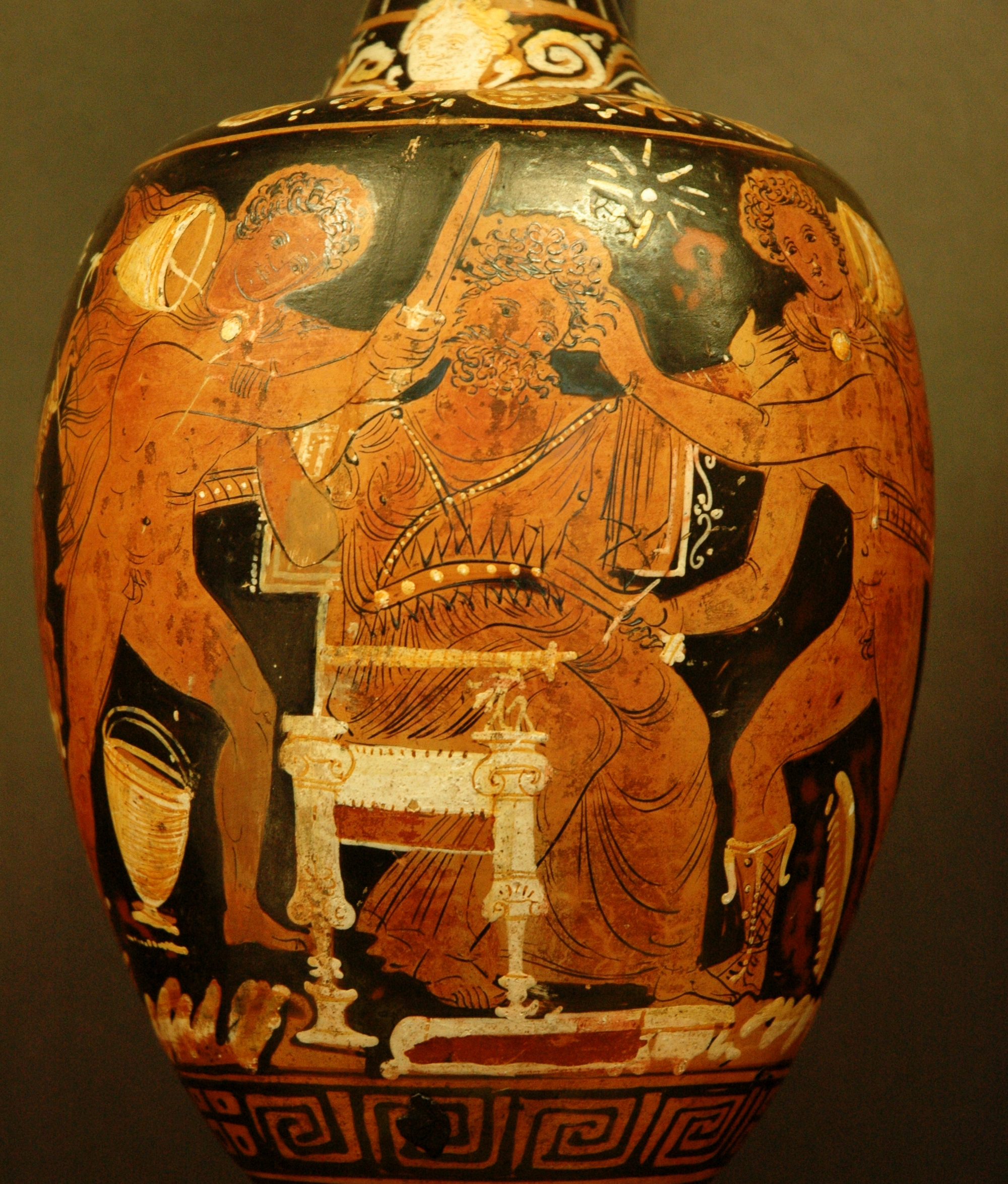
.jpg)
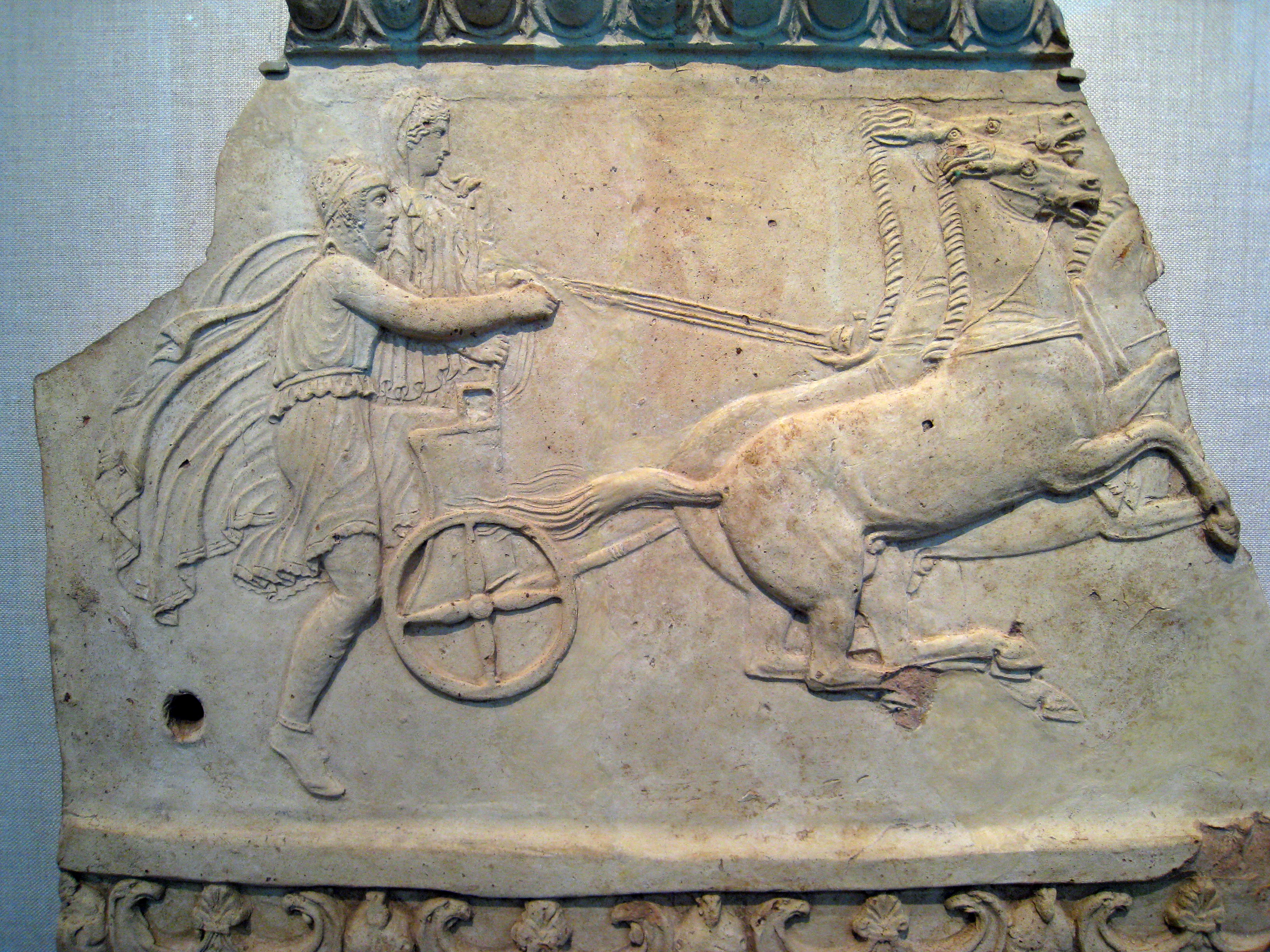
.jpg)
.jpg)

